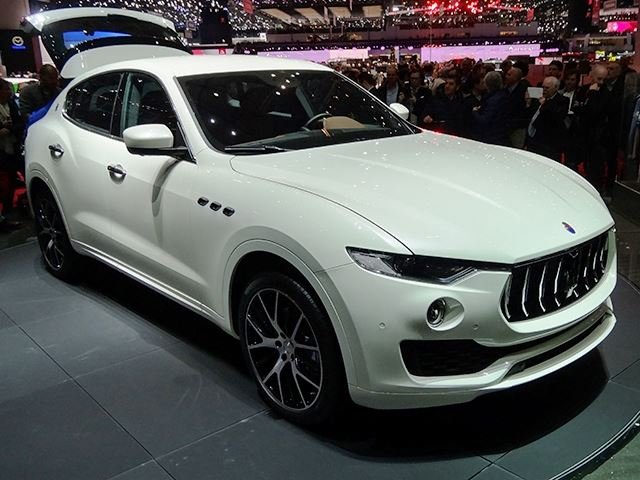Maserati Looks To Automate Some Aspects Of Driving In New Levante

It's a way "to automate the boring part" of driving, Wester said of a new "highway pilot" system that is under development for the Levante and other future Maseratis.
The Levante, which just went into production in Italy in late February as the brand's first-ever SUV, won't reach U.S. dealers until fall, about three years later than originally forecast by FCA Chief Executive Sergio Marchionne.
The premium sport utility vehicle, which will start at just over $72,000, is aimed at such luxury competitors as the Porsche Cayenne and the new Jaguar F-Pace. The Levante shares its basic underbody design with the Ghibli and Quattroporte.
The Levante also will offer a complement of advanced driver assistance systems, including adaptive cruise control and lane departure warning. Initially in the U.S., the Levante will offer a choice of twin-turbo V6 engines, but the vehicle also has been designed to accommodate a larger, more powerful V8, Wester said.
Future Maseratis may use some form of electrification, he said, including a plug-in hybrid powertrain that could share components with the new Chrysler Pacifica.
Wester said replacements for the Gran Turismo and Gran Cabrio are Maserati's next priorities, ahead of the proposed Alfieri sports car. The next-generation Gran Turismo and Gran Cabrio also will share the same architecture that underpins the Ghibli and Quattroporte, he said, a move that should help trim development costs and time to market.
Maserati's global sales have flattened the past two years, at around 32,000, compared with an earlier forecast of 50,000 by 2015. Wester said he expects Levante to nearly double that in 2016, adding about 30,000 sales a year, including one-third in North America and even more in China.
